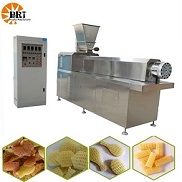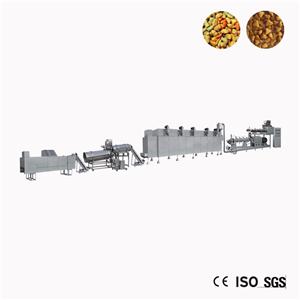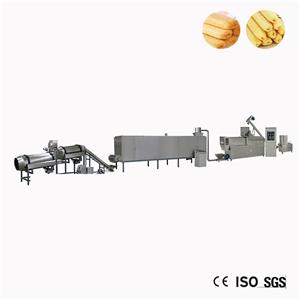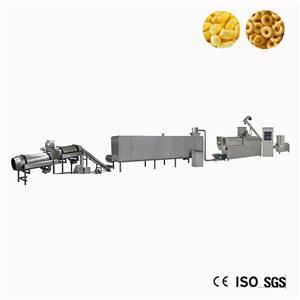The purpose of feed conditioning
Floating Fish Feed Making Machine
The purpose of feed conditioning is:
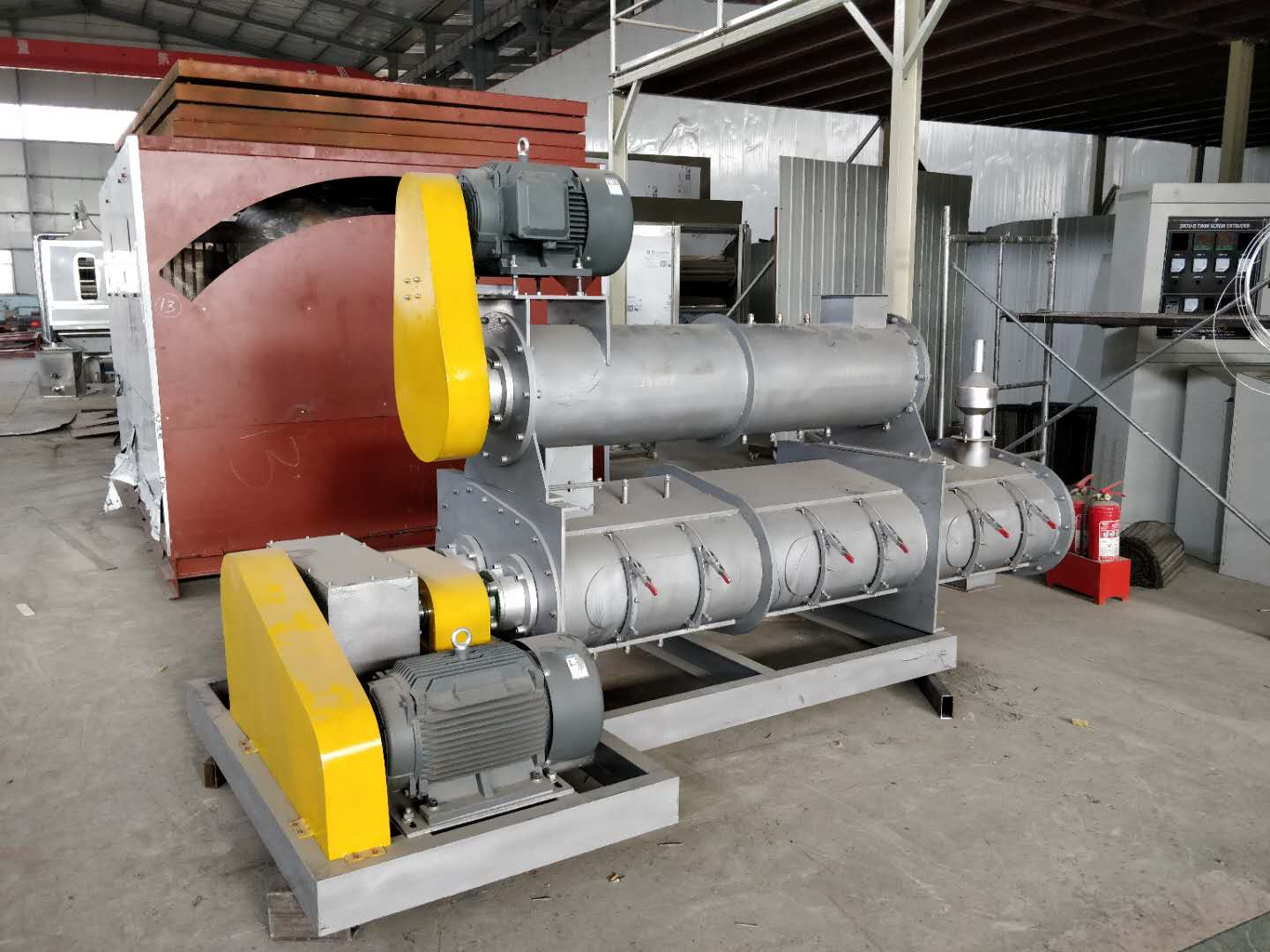
Feed conditioning is an important part of feed puffing technology. Since the advent of feed puffing machine, feed conditioning technology and equipment have been continuously developing, especially the rapid development of aquaculture at home and abroad in recent 20 years. Because of the special demand of aquatic feed for water resistance, feed conditioning technology and equipment have developed rapidly. Feed conditioning is one of the processes of feed ripening, which can convert raw meal into powder with a certain degree of ripeness. Good conditioning technology and equipment of feed are conducive to feed granulation and extrusion.
1.The digestibility and absorptivity of protein and starch can be increased by 10%~12% by increasing the digestibility and absorptivity of feed.
2.Increase the stability of aquatic pellet feed in water, improve the gelatinization degree of starch, make the stability of pellet feed in water up to 30 minutes, up to 3-6 hours, its stability mainly depends on the formulation and conditioning performance. Of course, the granulation process also helps to improve water stability.
3. Increase the output of the expander, reduce power consumption and increase the output of the expander by more than 25%~50%.
4.Destruction and killing of harmful factors reached more than 20%-60%.
5.Two to three liquid components can be added during the conditioning process. Because the conditioning process is that feed is treated by heat and quality (moisture) steam for a certain time, high temperature steam will cause different degrees of loss of feed thermal components.
The main factors affecting the conditioning effect of the conditioner are as follows:
Conditioning is an indispensable process for granulation or expansion. Without a good conditioning system, there will be no good granulation or expansion effect. There are many factors affecting the conditioning effect of the conditioner, mainly depending on the following factors:
1. Material properties: Because there are many kinds of feed components, their material properties are different, and the effect of conditioning is also different. According to the composition of the main body, the properties of the material can be divided into protein type, starch type, fiber type, fat type and heat sensitive type, and the operation parameters should be different when conditioning.
2. Particle size and uniformity of materials: Because there are many kinds of feed components, and the size and uniformity of the same type of powdery materials are quite different, which brings some difficulties to the operation of conditioner and puts forward higher requirements. Because the conditioning requirements soften the center of each particle, if the small particle conditioning has reached the requirements, the large particle conditioning has not yet reached the requirements. The bigger the difference of particle size, the bigger the difference of quenching and tempering effect.
3. Material moisture: moisture is an important factor affecting the conditioning effect. Under the same conditioning temperature and time, the moisture content of material is high, and its conditioning effect is better than that of material with low moisture.
4. Modulator structure and process parameters.
5. Quality of conditioned steam
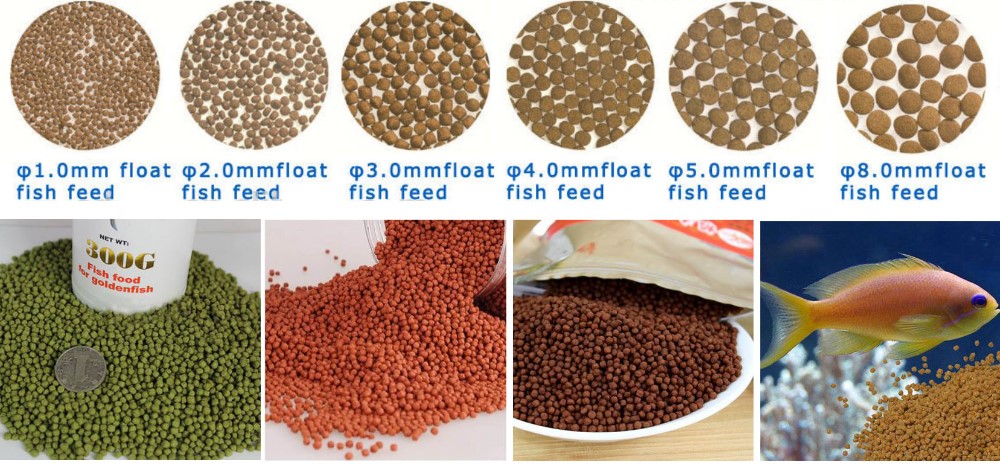
companhia :
endereço :
telefone :
o email :
Skype :
Whatapp/Wechat:


